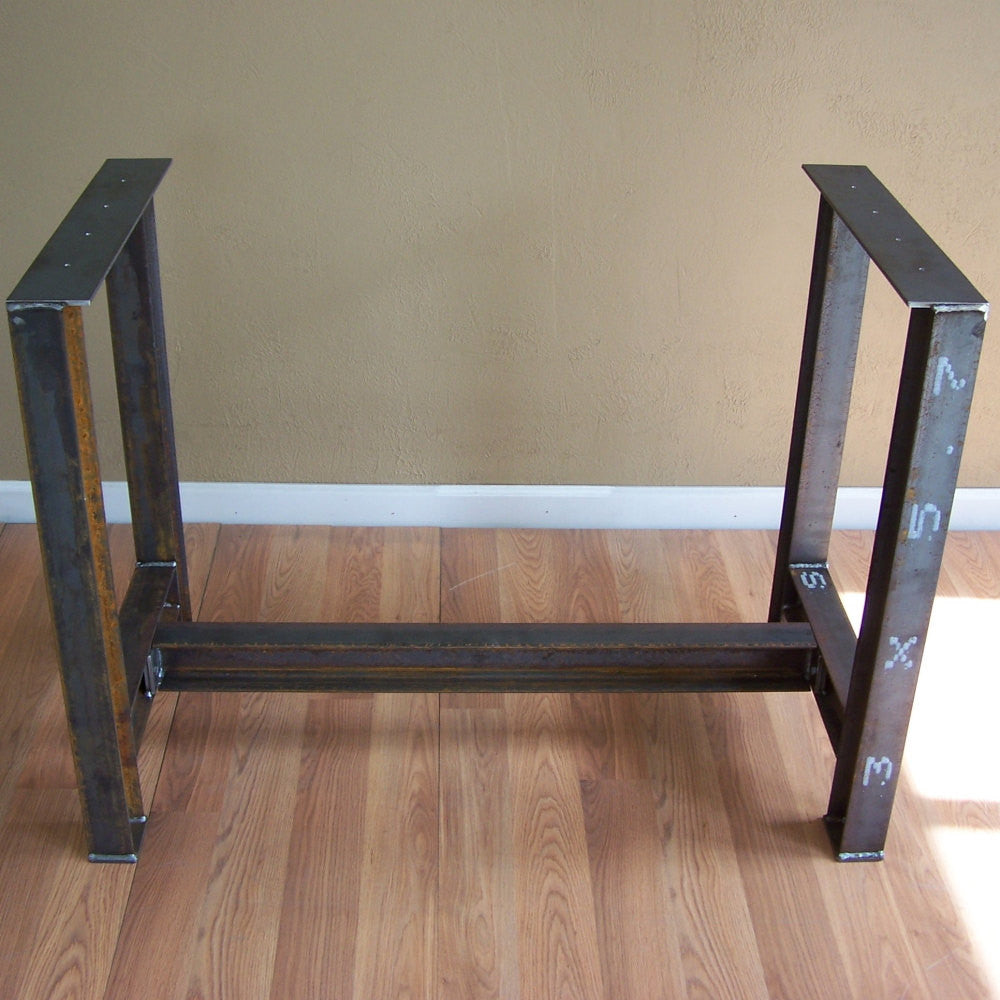Crucial Variables to Take Into Consideration When Picking Legs For Cooking Area Island
Selecting the ideal legs for a kitchen island entails a careful analysis of multiple aspects that can considerably affect both functionality and visual appeal. As we check out these components, it becomes clear that each choice can have far-reaching ramifications for the total kitchen experience.
Product Options
When picking legs for a kitchen area island, recognizing the various material alternatives is essential for accomplishing both visual appeal and structural stability (Legs For Kitchen Island). The selection of material considerably affects not just the resilience of the island however additionally its overall design and performance
Steel legs, commonly made from stainless steel or functioned iron, add a commercial and contemporary feel while guaranteeing toughness and security. These materials are resistant to wear and can support significant weight, making them ideal for bigger islands.
An additional alternative is crafted materials, like MDF or plywood, which can be much more affordable while still offering a range of coatings. Nonetheless, they might not supply the exact same level of security as strong wood or metal. Materials such as acrylic or glass can create a modern appearance, though they might need additional assistance to make sure stability.
Inevitably, the choice of material for kitchen island legs need to line up with the desired capability and the general theme of the cooking area.
Design And Style

When considering style, the shape and finish of the legs are crucial. Tapered legs can offer a sense of lightness and beauty, while thicker, a lot more durable legs can communicate stamina and stability. Furthermore, the surface-- be it painted, stained, or natural-- should complement the cabinetry and countertop products to develop a unified appearance.
Additionally, the style of the legs can likewise show personal taste. Custom or attractive legs, such as those including complex carvings or distinct geometric shapes, can act as prime focus, including character and personality to the cooking area. Inevitably, the ideal option will not just improve performance but additionally boost the aesthetic appeal, making the cooking area island a standout function of the home.
Height Considerations
Picking the suitable elevation for kitchen click over here island legs is critical, as it directly influences both functionality and convenience. The standard elevation for a cooking area island usually varies from 36 to 42 inches, aligning with typical countertop heights.

It is also essential to make up individuals' preferences and heights. Tailoring the height can ensure a comfy experience for all member of the family, making the cooking read review area island a more enjoyable and practical area.
Weight Support
Making sure sufficient weight assistance for kitchen area island legs is vital for both security and functionality. The cooking area island frequently offers several objectives, including food prep work, dining, and added storage, requiring a durable support framework. When selecting legs, it is vital to consider the general weight capacity needed based upon the island's planned use and the products that will certainly be positioned on it.
The selection of product for the legs plays a considerable role in their weight-bearing abilities. Solid wood, steel, and durable compounds typically offer superior strength contrasted to lighter products. Furthermore, the style of the legs-- whether they are right, tapered, or have a pedestal type-- can influence their capacity to disperse weight properly across the structure.
Constantly get in touch with the supplier's requirements regarding lots restrictions to make certain that the legs can maintain the designated weight without jeopardizing security. In summary, selecting kitchen island legs with ample weight assistance is crucial for developing a risk-free and practical cooking room.
Setup and Maintenance
Correct setup and upkeep of kitchen area island legs are critical for making certain durability Bonuses and security. This typically entails protecting the legs to the island base using proper fasteners, making sure that the legs are degree and lined up.
As soon as installed, normal maintenance is needed to preserve the stability and look of the legs - Legs For Kitchen Island. For wooden legs, regular cleansing with a damp fabric and application of suitable wood gloss can prevent wetness damages and maintain their surface. Steel legs may call for a gentle cleaning option to remove grease and gunk, adhered to by a dry fabric to protect against rust formation
Additionally, evaluate the legs frequently for signs of wear or damages, such as splits or loosened joints. Tightening up screws or screws as required can likewise extend the lifespan of the legs. By sticking to these installment and maintenance practices, property owners can make certain that their kitchen island remains durable and visually appealing for many years to find.
Final Thought

Aesthetic comprehensibility is extremely important in selecting the style and style of legs for a kitchen area island, as these components substantially influence the overall ambiance of the area. Tapered legs can supply a feeling of agility and elegance, while thicker, more robust legs can communicate stamina and security.Selecting the proper elevation for cooking area island legs is crucial, as it directly impacts both functionality and comfort. In summary, selecting kitchen island legs with adequate weight support is important for creating a safe and functional culinary room.
In verdict, picking legs for a cooking area island demands cautious factor to consider of different elements, including material alternatives, design, elevation, weight support, and installation.